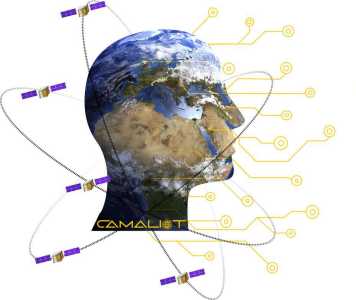CAMALIOT announcement
Announcement of the project CAMALIOT: Application of Machine Learning Technology for GNSS IoT Data Fusion

GNSS infrastructure has been growing significantly in recent years. In the space segment, four global constellations are operational, including the European Galileo system. On ground, tens of thousands of permanent GNSS stations are continuously recording data. In addition, millions of Internet-of-things (IoT) devices, including smartphones, use GNSS for positioning. Due to the large number of devices, IoT data offer great potential for GNSS science exploitations, with unprecedented spatio-temporal resolution. However, access to IoT data for scientific purposes is currently limited and the data processing challenging. Due to the large number of devices, IoT data offer great potential for GNSS science exploitations, with unprecedented spatio-temporal resolution. However, access to IoT data for scientific purposes is currently limited and the data processing challenging.
The project CAMALIOT: Application of Machine Learning Technology for GNSS IoT Data Fusion addresses these issues in order to increase the usability of IoT GNSS data for scientific purposes. The Kickoff meeting was held through video conferencing on March 2nd, 2021. The Kickoff meeting participants included representatives from the ESA project team, the main contractor ETH Zurich (ETHZ, space.ethz.ch) and the sub-contractor International Institute for Applied Systems Analysis (IIASA, iiasa.ac.at).
The project CAMALIOT encompasses the whole pipeline from collecting raw IoT GNSS data, developing methods for efficiently and automatically processing them, to finally demonstrate their suitability for scientific applications, including the determination and prediction of atmospheric parameters. This way, the project will extend the capabilities of the GNSS Science Support Centre (GSSC) by ESA, which offers GNSS data and processing services for various domains.
To achieve these goals, ETHZ and IIASA will develop an Android app for the collection of raw GNSS data from smartphones. A crowdsourcing campaign will be launched, based on the concept of citizen science. In order to cope with the large amounts of GNSS data of heterogeneous quality, new processing methods will be developed that are highly automated and robust. For this purpose, specific machine learning algorithms will be designed, trained, and applied. Based on the GNSS results, two scientific use cases will be studied, the first focusing on the determination of tropospheric parameters to support weather forecasts on Earth, and the second one concerning the monitoring of space weather, important for satellite operations and communication.
